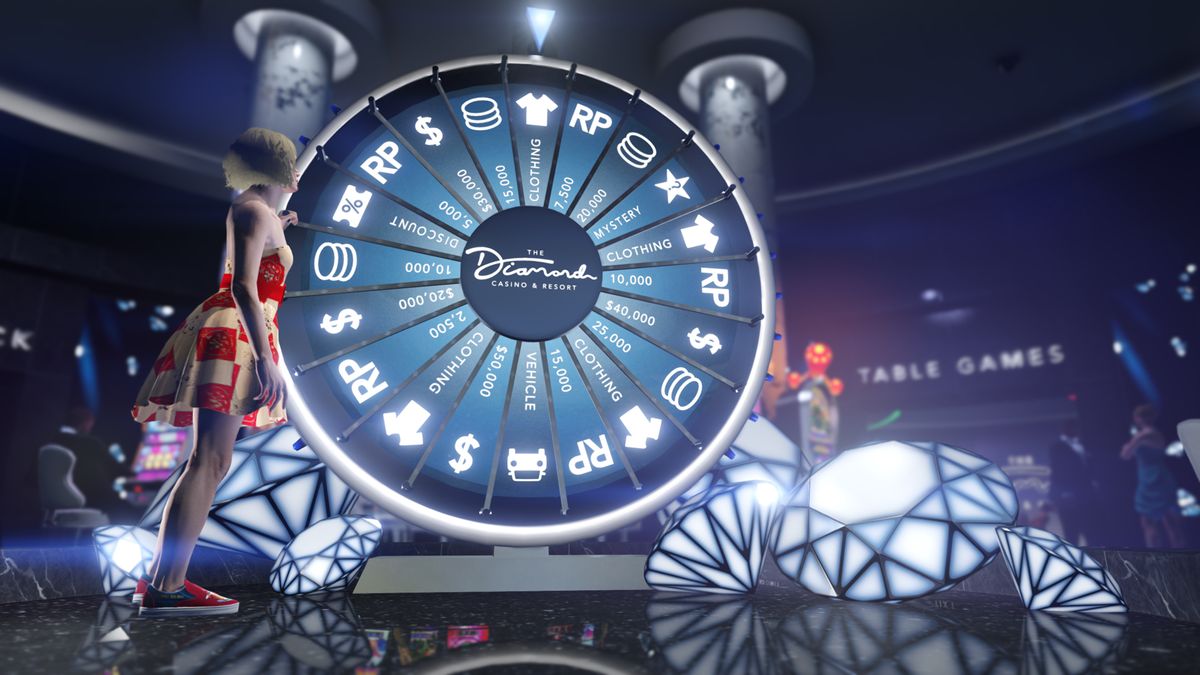In-game rewards and successfully cultivating player engagement are liquid gold when they’re in the hands of the right gaming provider. It’s not an exaggeration to say that some gaming companies have been able to command a global presence on the market solely because they have mastered these two crucial elements of game design.
Although this might sound pretty reductive and diminish some of the ingenuity that game designers have utilized over the years, it's true that they’re two of the most important pillars when it comes to driving consumer demand and solidifying a brand’s visibility.
However, once we begin to look under the bonnet and understand why in-game rewards are such an interesting facet of game design, we start to build a picture of just how vast this ecosystem is.
Harnessing the vast potential of gaming bonuses
Whether it’s a casino game or a home video console game, game designers who put together an idea or a rewards system that helps swell the consumer base have great potential for profit. For instance, the concept of free spins in casino gaming wasn’t explored in the days that preceded online casinos.
Sure, conventional platforms would have a range of bonus ideas and promotions. However, it wasn’t until online casinos started to become the primary form of casinos that free spins truly started to find their full potential. All free spins bonuses follow a similar design. Still, there are many characteristics that define them, whether it’s the number of available games included in the bonus or the number of payment methods you can use when you deposit.
These nuances determine the level of engagement that the website receives. With player engagement as such an integral part of casino gaming, developers have stopped at nothing to ensure they explore every possible idea. This ethos, and the huge potential that emerged from bonus ideas like free spins, resulted in game designers and marketers going full throttle into ideas like in-game rewards.
In-game rewards defined
In-game rewards can have many meanings across the vast world of gaming. In casino gaming, they refer to bonuses paid out as free spins, on-site credits, or on-site currencies. However, in-game rewards can refer to prizes in sweepstakes casinos, which champion on-site gold coins as currency rather than traditional money.
In home video console gaming, the concept of in-game rewards often refers to game-specific bonuses, unlockable characters, and point systems that reward your character or team. It’s a broad definition, and its universality is a key reason it’s so seminal in driving player engagement, regardless of whether it is a casino game, a home video console game, or any other type of gaming genre you can think of.
Adapting to modern customer appetite
As gaming now revolves around mobile devices, the age of the microtransaction has resulted in a shift toward gaming bonuses that focus on in-game activity. Grand Theft Auto V has made around half a billion dollars every year since it implemented microtransactions into its online gaming options.
Microtransactions cover many in-game skins, new levels, weapons, and unlockable vehicles. Rockstar wasn’t the first company to integrate microtransactions into video console gaming. However, they have highlighted how, when done correctly, it can be groundbreaking and drive unbelievably high levels of player engagement.
Grand Theft Auto V came out over a decade ago. However, the game's constant reinvention using new online levels, in-game rewards, and microtransactions has helped keep it relevant and fresh compared to new game titles that have emerged.
These factors have driven player engagement to a point where GTA V has become the most successful game of all time, shifting nearly a quarter of a billion copies and banking billions of dollars in profit. While the unbelievable success and societal impact of GTA V isn’t solely down to microtransactions and in-game rewards, they are key reasons why they were able to stay ahead of the competition for so long.
Social media marketing
While GTA might feel like an anomaly and undoubtedly the crown jewel to showcase the positives of in-game rewards, other avenues have driven gamers to check out in-game rewards.
Another factor encouraging gamers to check out in-game rewards is driving activity via popular social media channels, especially those that champion themselves as hubs for the gaming community, such as Twitch and YouTube.
The ubiquitous nature of the Internet, especially in the world of gaming, has bolstered the popularity of games across a vast scope of genres, from revamped arcade games you can play on your desktop or laptop to completely immersive VR games. However, you will find evidence of in-game rewards in all these genres, showcasing just how much they drive player engagement.
Social media is extremely powerful as a standalone marketing tool. However, with the amount of money that streamed into in-game rewards, social media companies have been pioneering ways to fuse these ideas. They combine their phenomenal ability to generate engagement and traffic through their sites with an incentivization for gamers to check out in-game rewards via their targeted ads.
Final thoughts
In-game rewards generate a constant sense of anticipation and wonder of what is around the corner. This ensures that games do not get stuck following a rigid format or having a set number of levels or outcomes. In-game rewards are often a strong talking point for gaming communities online.
It often drives gaming vloggers and influencers to film their escapades and creates a sense of anticipation. This keeps gamers engaged and piques their interest with ideas outside some of the more traditional elements we have seen in gaming over the last half a century.
Since player engagement is a vital measuring tool in all gaming genres, designers and marketers have collaborated to pioneer, create something genuinely innovative, and keep their players as engaged as possible.
With a combination of these factors to consider, it’s not a shock to see how they continue driving player engagement into a new gaming frontier that harnesses new technology like AI and VR while keeping the framework of traditional ideas that continue to appeal to gamers—whether they’re new to the gaming market or have been exploring online gaming for the last 20 years.



